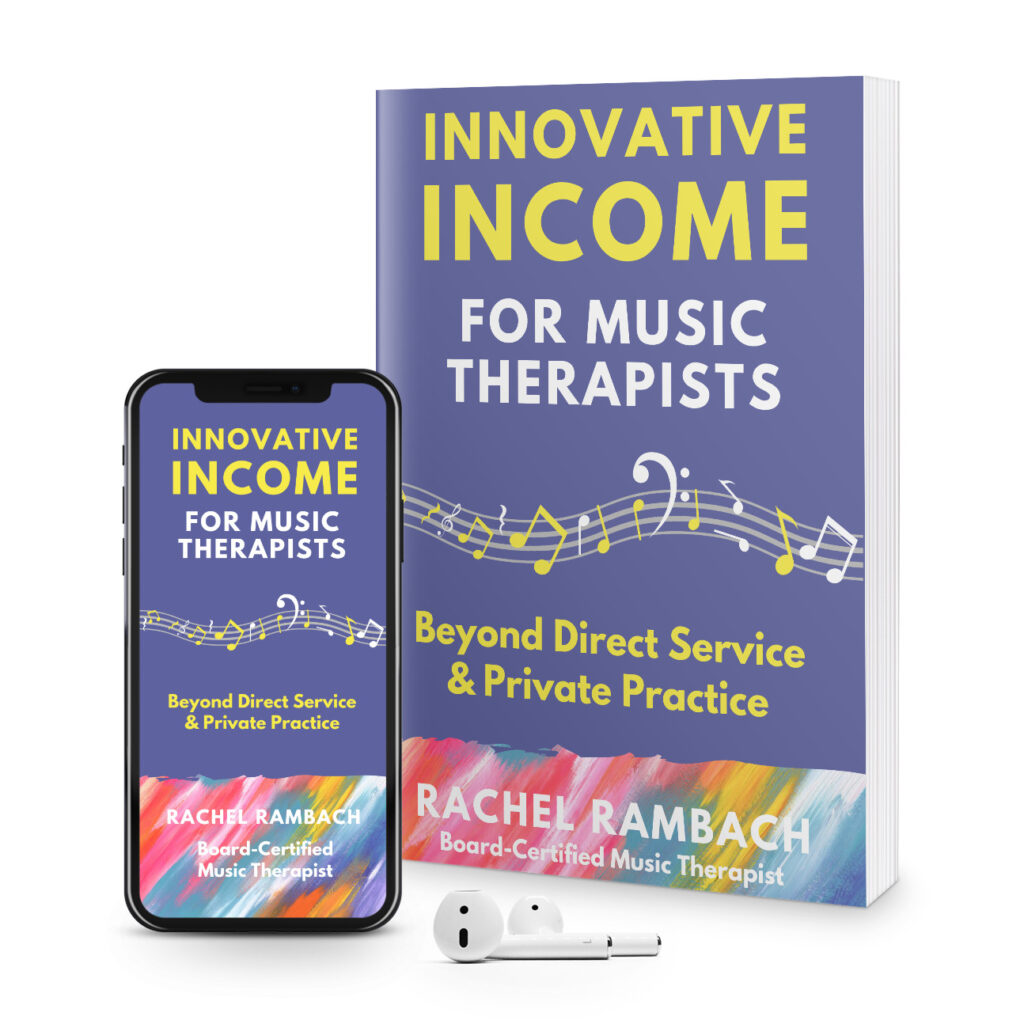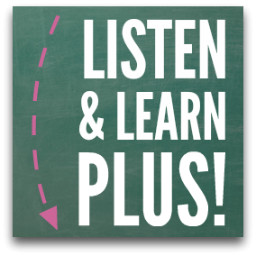Green Money
 With the holidays just around the corner, buying gifts for friends and family is on just about everyone’s to-do list. Many of you probably include your children in this activity, and they may even use some of their own money to purchase presents. Although the concept of exchanging money can be foreign to little ones, there’s no harm in teaching it early.
With the holidays just around the corner, buying gifts for friends and family is on just about everyone’s to-do list. Many of you probably include your children in this activity, and they may even use some of their own money to purchase presents. Although the concept of exchanging money can be foreign to little ones, there’s no harm in teaching it early.
You may remember the Four Little Coins song I shared several months back. In today’s song, we address paper bills – the green stuff. Although I’m thinking that I should probably write a new money song about plastic, since credit and debit cards are becoming then norm these days. But we’ll keep it old-school for the time being; take a listen.
Green money, green money,
Paper bills are green.
Starting with one to one hundred dollars,
And those that come between.
One dollar,
Two dollars,
Ten and twenty,
Bills in each amount.
Also fifty and one hundred
Dollar bills to count.
Green money, green money,
Paper bills are green.
Starting with one to one hundred dollars,
And those that come between.
Use this tune as an opportunity to explain that paper bills come in different amounts, and use a real (or real-looking) bill to show your child or student how to tell the difference between each. Emphasize that even though a dollar bill and one hundred dollar bill may look very similar, the latter is worth MUCH more than the former. You can also discuss making change, if you’re feeling extra ambitious!




